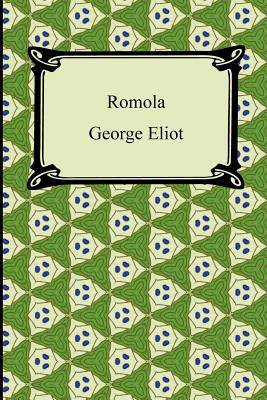
- Afhalen na 1 uur in een winkel met voorraad
- Gratis thuislevering in België vanaf € 30
- Ruim aanbod met 7 miljoen producten
- Afhalen na 1 uur in een winkel met voorraad
- Gratis thuislevering in België vanaf € 30
- Ruim aanbod met 7 miljoen producten
Zoeken
Omschrijving
George Eliot, the pen named used by Mary Anne Evans, wrote popular works that mirrored the settings and ideology of contemporary Victorian England. She was brought up in the Church of England, where she developed strong moral convictions that carried over into her fiction. During a visit to Florence in 1860 it was suggested to Eliot that the historical Fra Girolamo Savonarola would make a good subject for a novel, so Eliot spent her visit, and many months after, exhaustively researching Florentine history and culture. Her effort is undeniably evident within the pages of "Romola", however Eliot has been criticized for using a 15th Century setting to deal with the 19th Century issues of Victorian England. Romola is the female protagonist through which the story is rendered; her intellectual and religious growth, often painful, reflects the religious and cultural transitions of the Italian Renaissance in Florence.
Specificaties
Betrokkenen
- Auteur(s):
- Uitgeverij:
Inhoud
- Aantal bladzijden:
- 344
- Taal:
- Engels
Eigenschappen
- Productcode (EAN):
- 9781420940602
- Verschijningsdatum:
- 1/01/2011
- Uitvoering:
- Paperback
- Formaat:
- Trade paperback (VS)
- Afmetingen:
- 152 mm x 229 mm
- Gewicht:
- 503 g

Alleen bij Standaard Boekhandel
+ 25 punten op je klantenkaart van Standaard Boekhandel
Beoordelingen
We publiceren alleen reviews die voldoen aan de voorwaarden voor reviews. Bekijk onze voorwaarden voor reviews.








